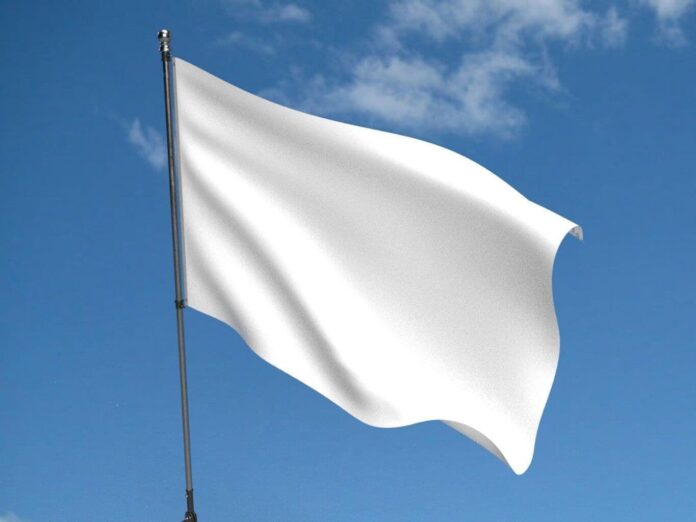The expression “to throw up a white flag” is known to everyone. It signifies complete and unconditional surrender and a refusal to continue fighting. But where did this expression come from? Let’s try to understand!
Raising the White Flag!
According to military rules, if one side raises a white flag over their trench, fire immediately ceases. By doing so, soldiers send the message that they are ready to surrender. If a person approaches the enemy under a white flag, they cannot be shot. This is considered a serious crime, and one could be labeled a war criminal for it.
The first mentions of the white flag being used as a symbol of surrender appeared in 109 AD. Historians believe that this was when Roman soldiers lowered their shields and surrendered to the enemy under a white flag. From that moment on, the Roman army began to use the white flag to signify surrender or to signal a willingness to negotiate. At that time, Rome served as a kind of benchmark for other countries, which then adopted the tradition.
The white flag was officially recognized as a sign of surrender at the Hague Conference in 1899. Before this point, there was no unified agreement regarding its use, although it was widely employed and everyone understood its meaning.
Why Is the Flag White?
Historians have not reached a consensus on why the white flag is used specifically. There are two opinions. The first relates to economic considerations. White fabric is uncolored, and in ancient times, dyes were expensive. Therefore, it was easier to find white fabric: soldiers commonly wore white undergarments, so there was plenty of material for flags.
The second reason is that the white flag is quite visible on the battlefield and cannot be confused with the bright banners of opposing forces. Moreover, no country in the world has a completely white flag without any additional signs or symbols. This eliminates the risk of unfortunate mistakes. After all, what would happen if one side of the conflict decided to surrender, while the other concluded that the enemy was raising their banners and gearing up for battle?
To raise a white flag means to surrender, to abandon hostilities, and to sit down at the negotiating table. Many people would do well to learn to raise the white flag instead of fighting to the last bullet. This decision can reflect true wisdom and the ability to listen to and hear one’s interlocutor.
